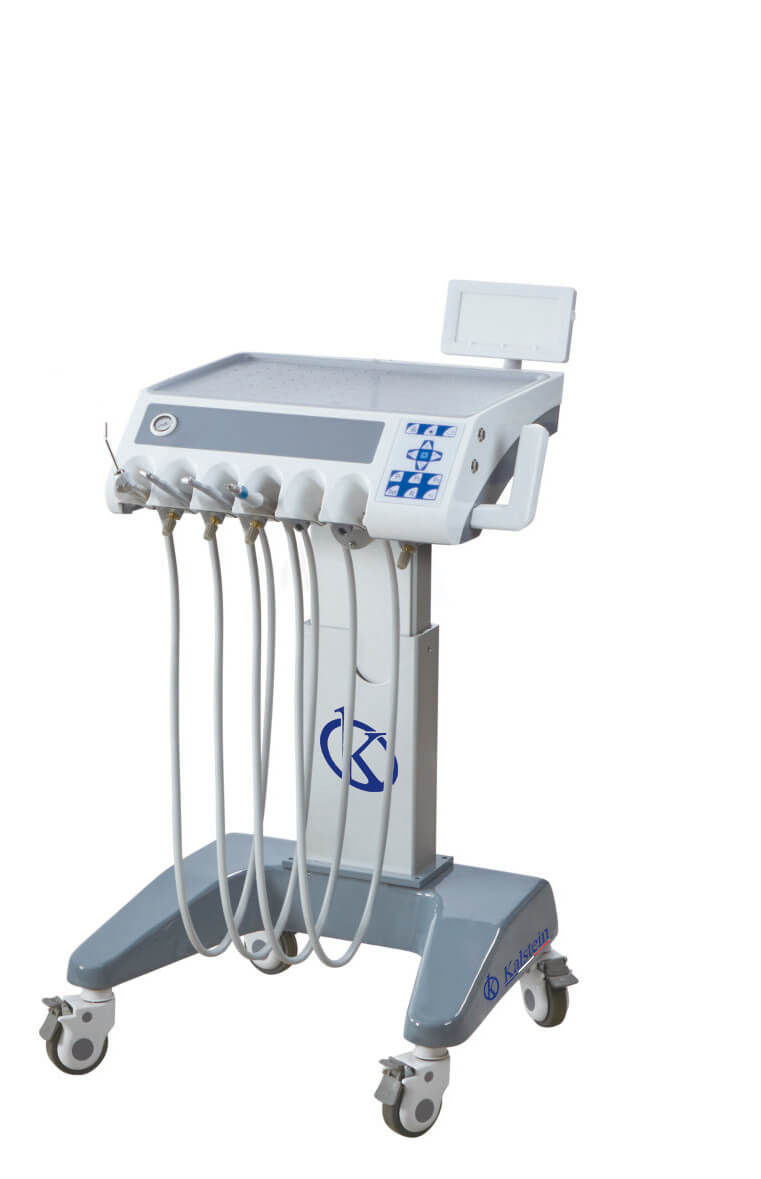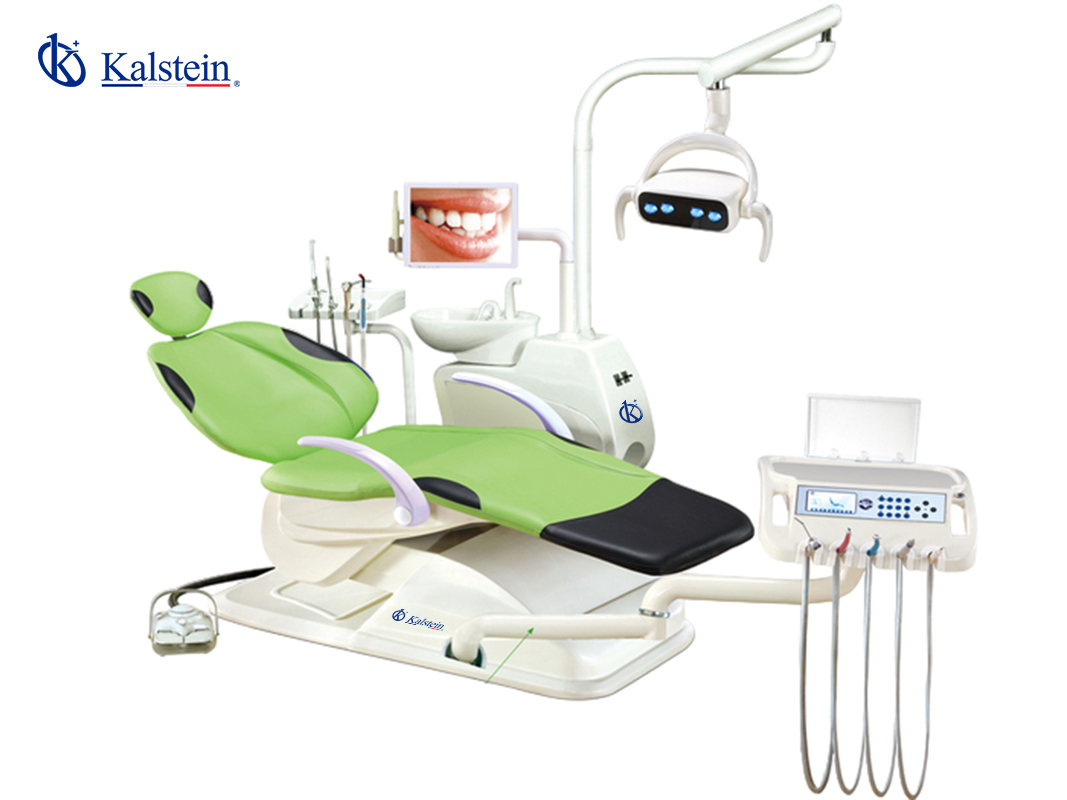Refractometers are optical instruments that allow determining the percentage of soluble solids in a liquid solution, making use of the principle of total refraction of light (caused by the type and concentration of substances dissolved in a liquid solution), which takes place in the boundary layer between the prism and the sample.
Operation of a refractometer
The operation of a refractometer is based on the effect of the refraction of light, which can be observed through an objective located next to a graduated scale that allows establishing its relative position with respect to the prisms. The metal tube is covered with a rubber in order not to alter the temperature when the refractometer is held with the hands, because the temperature alters the inclination of the light waves. In the central part there is a flap that opens to allow the two prisms to be separated and to place the substance to be analyzed between them.
Through this analysis, it is possible to determine the amount of solute in a given substance, as well as see its degree of purity and carry out other qualitative analyzes.
That is, thanks to refractometers we can visualize and measure the light refraction of substances. And to properly use these devices we must follow a series of steps, such as:
- Calibration: Through this step we define the ero point, which is used as a reference point to measure the compounds we want to analyze. It is carried out with distilled water, which is placed on the prism and we proceed to look through the eyepiece or on the display depending on the model of equipment we have and it is confirmed that the value obtained is 0. If a analog model, and the measurement does not show 0 we can correct the reading by taking it to 0 through the adjustment screw.
- Cleaning the prism: using distilled water again in this step to spray the prism and its plastic cover, and clean with a paper napkin or lens paper. This step should be done after calibration and between each substance measurement.
- Application of the substance to be measured: Open the cover and apply a few drops of the substance on the prism, close the cover, and visualize the value shown by the instrument.
- Viewing the results: If you have a manual optical refractometer, you have to look through the eyepiece to see where the mark is on the scale, which will be determined by the line where the two colors collide, having the blue at the top and white at the bottom, usually. The horizon formed by these two odors determines the value that the refractometer has measured.
- Final cleaning: Once the measurements are finished, we must proceed to clean the equipment again with distilled water, so that there are no residues of the substances that we measure.
At Kalstein we are MANUFACTURERS and we have high quality and precision refractometers at excellent PRICES. That is why we invite you to take a look at our refractometers available at the Products menu. HERE




